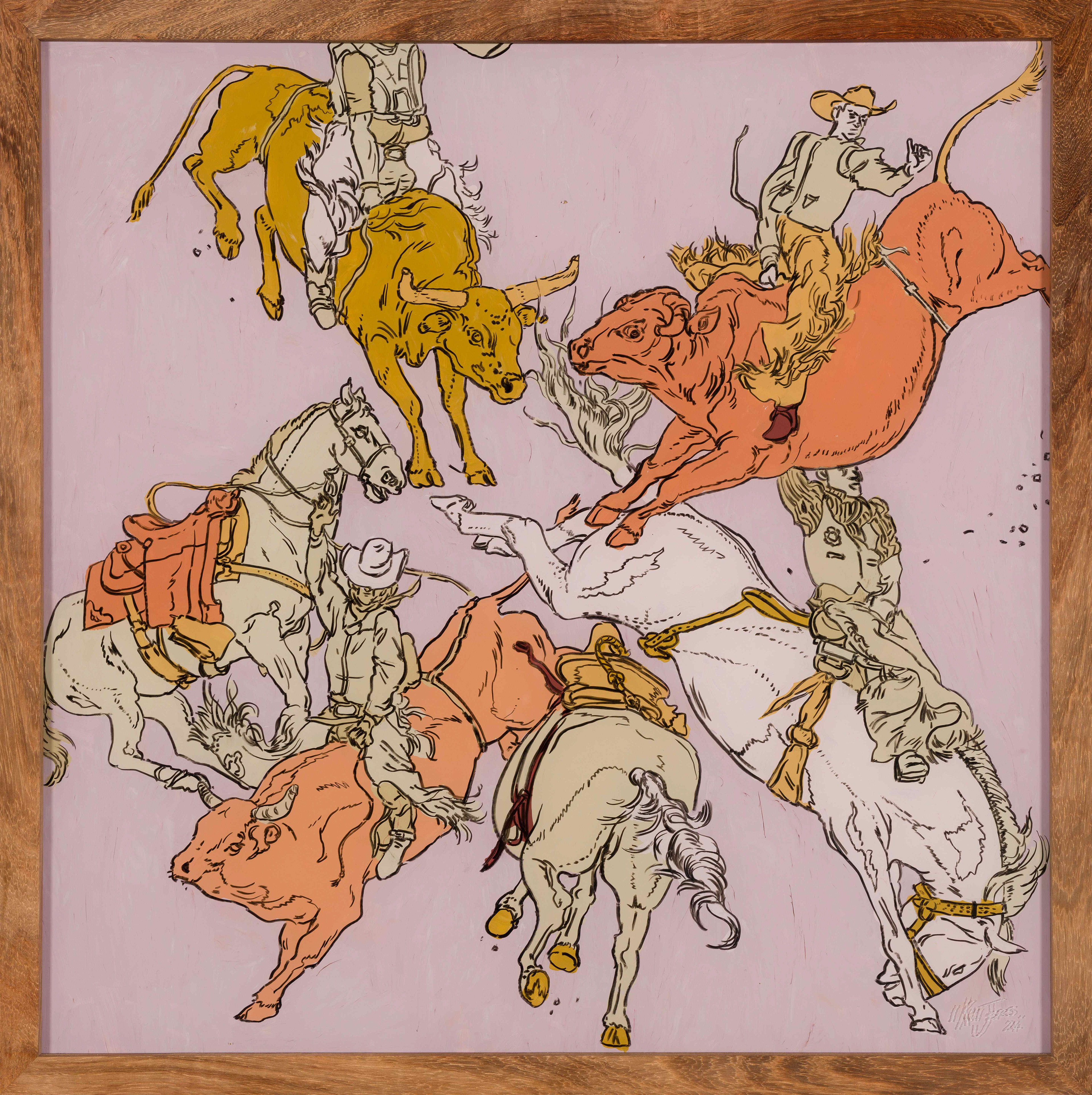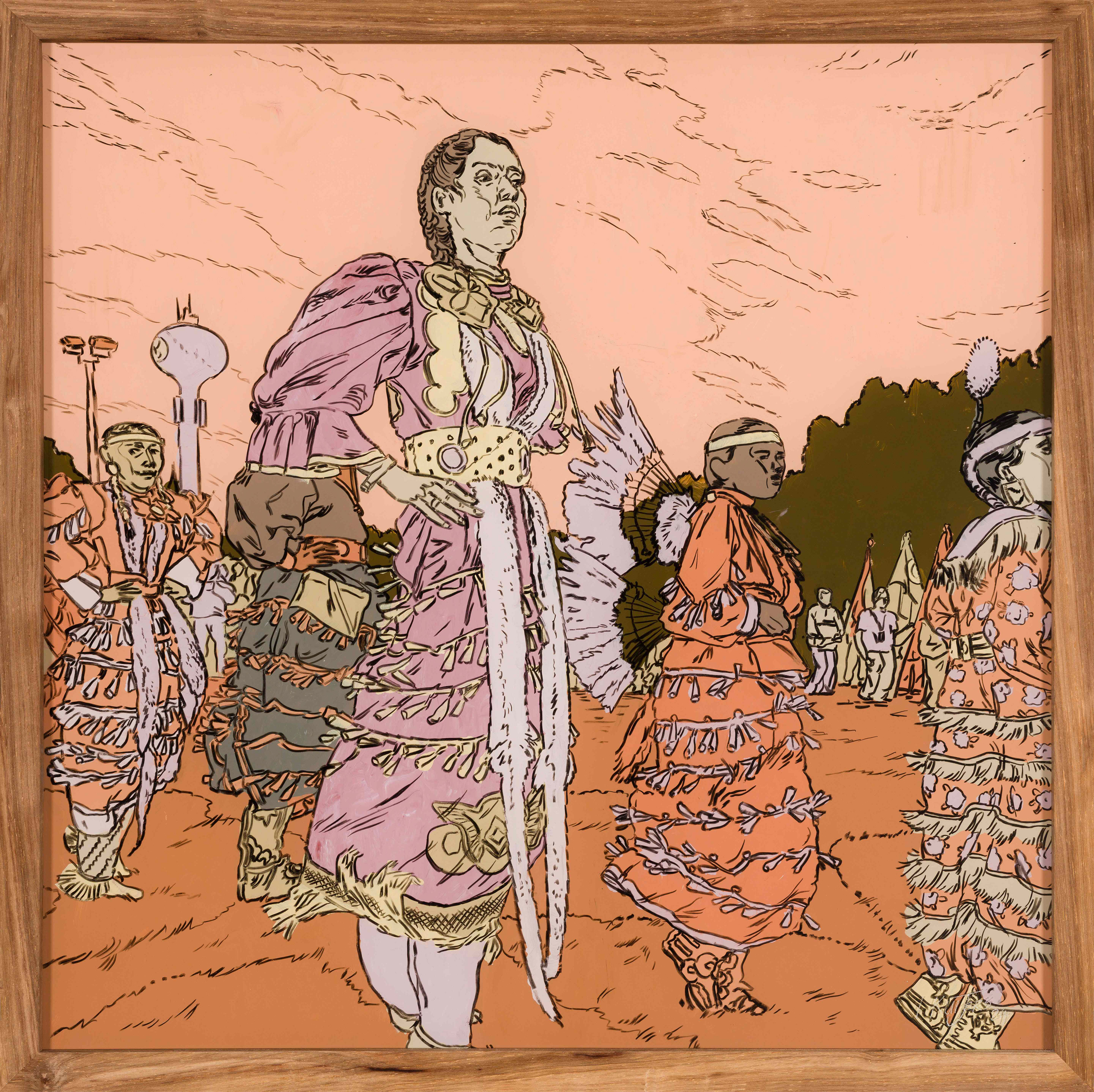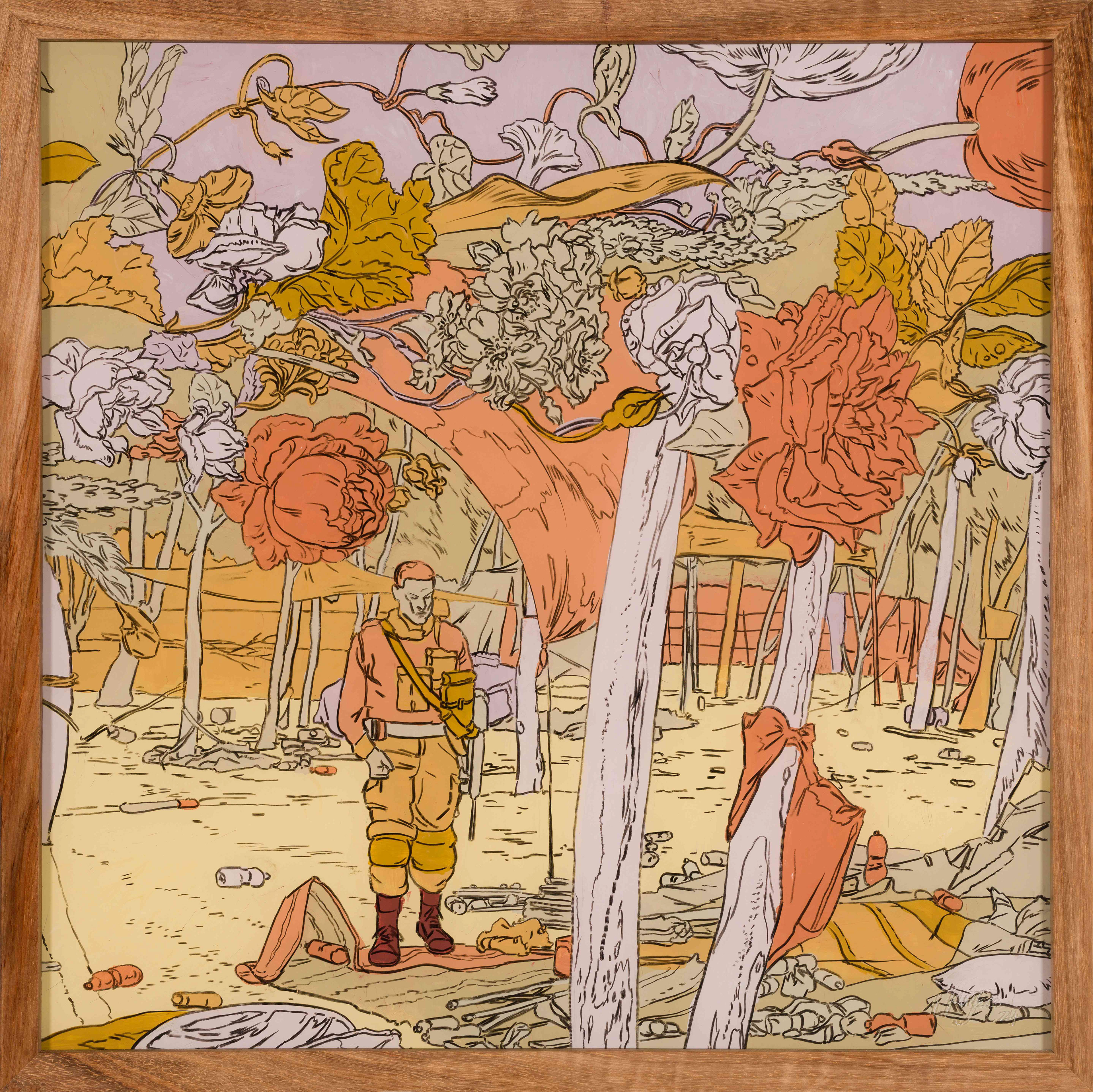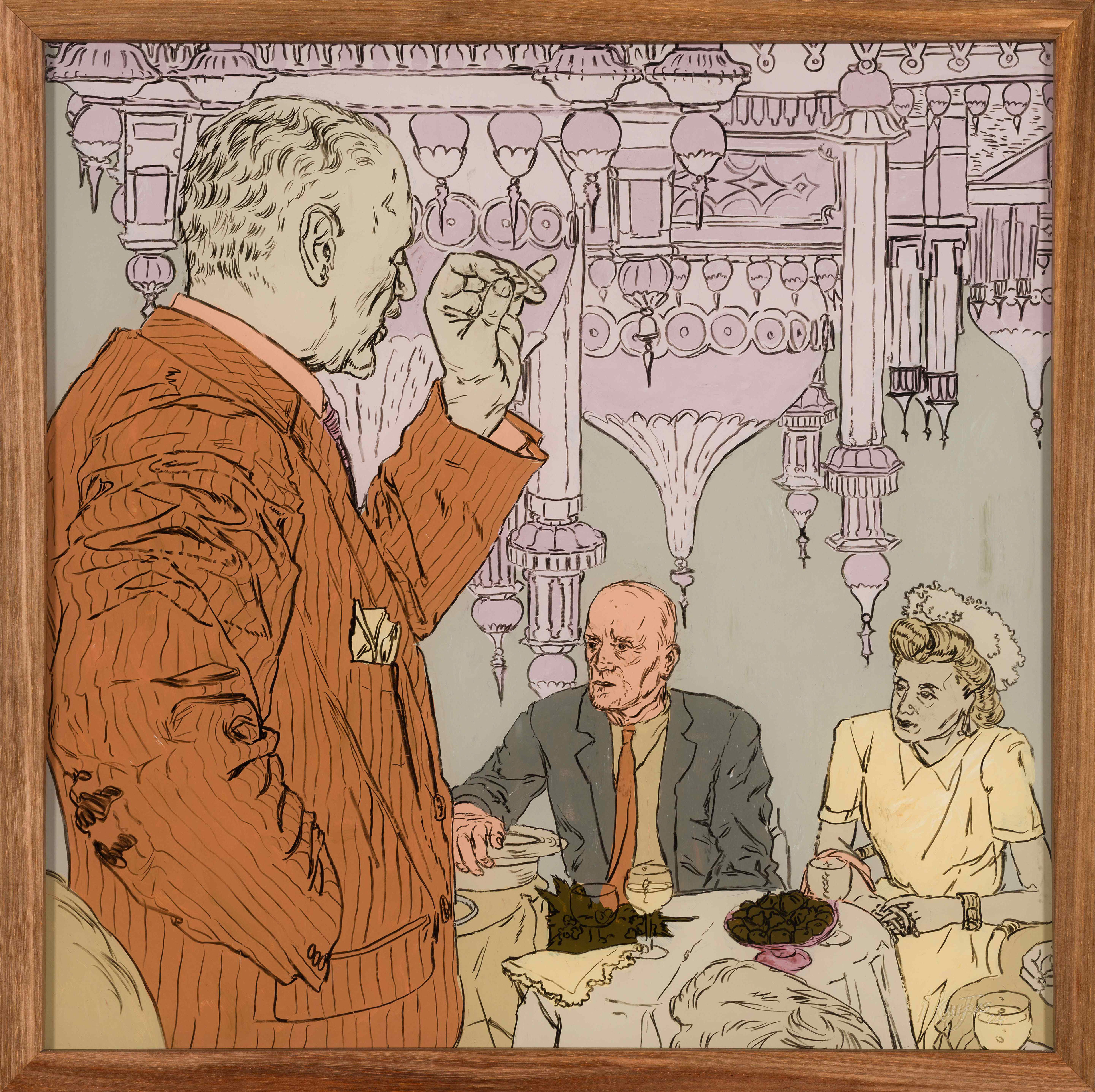BREAKING
A solo exhibition at 99 Loop Gallery
Cape Town, South Africa
March 2024
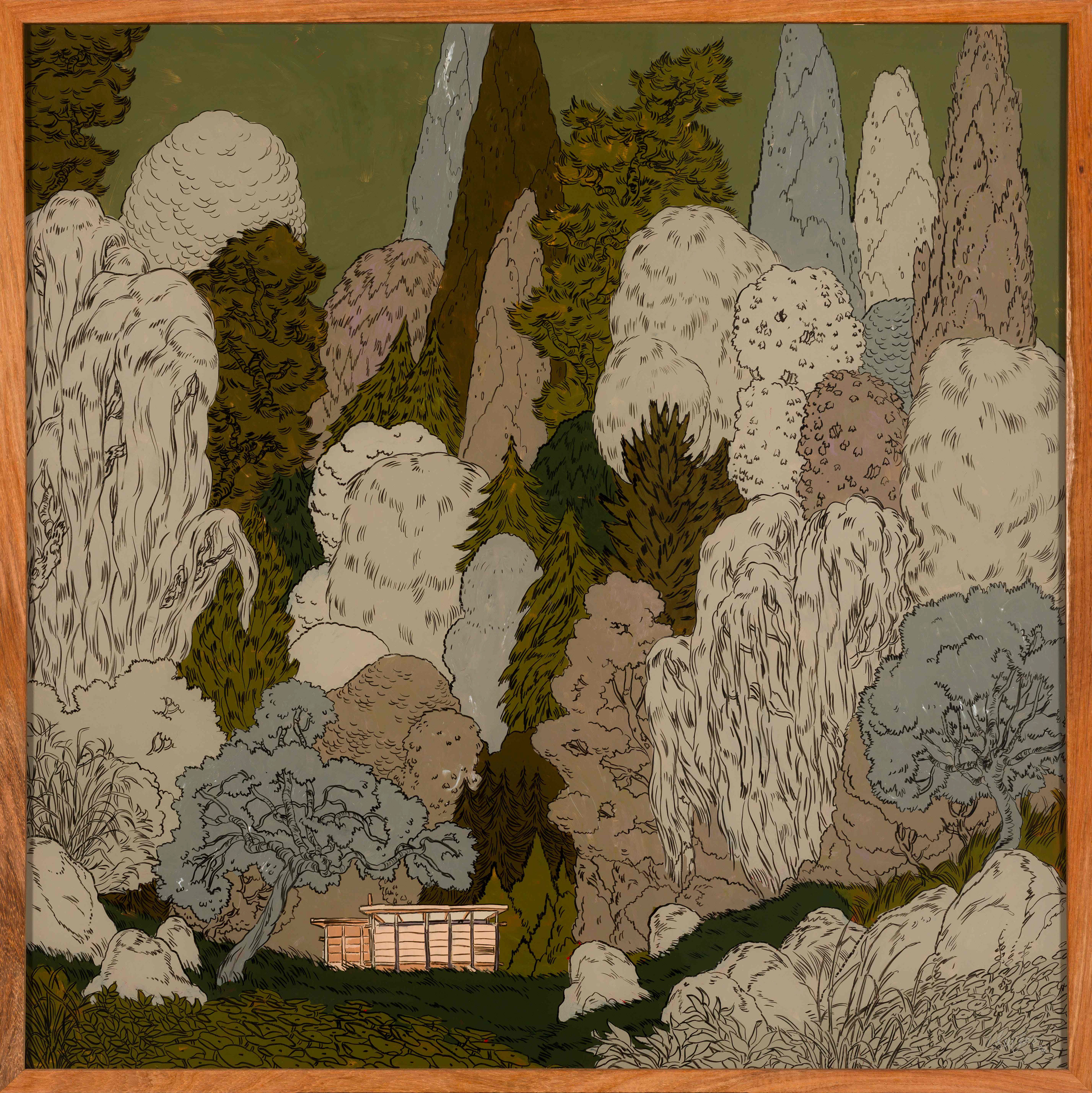
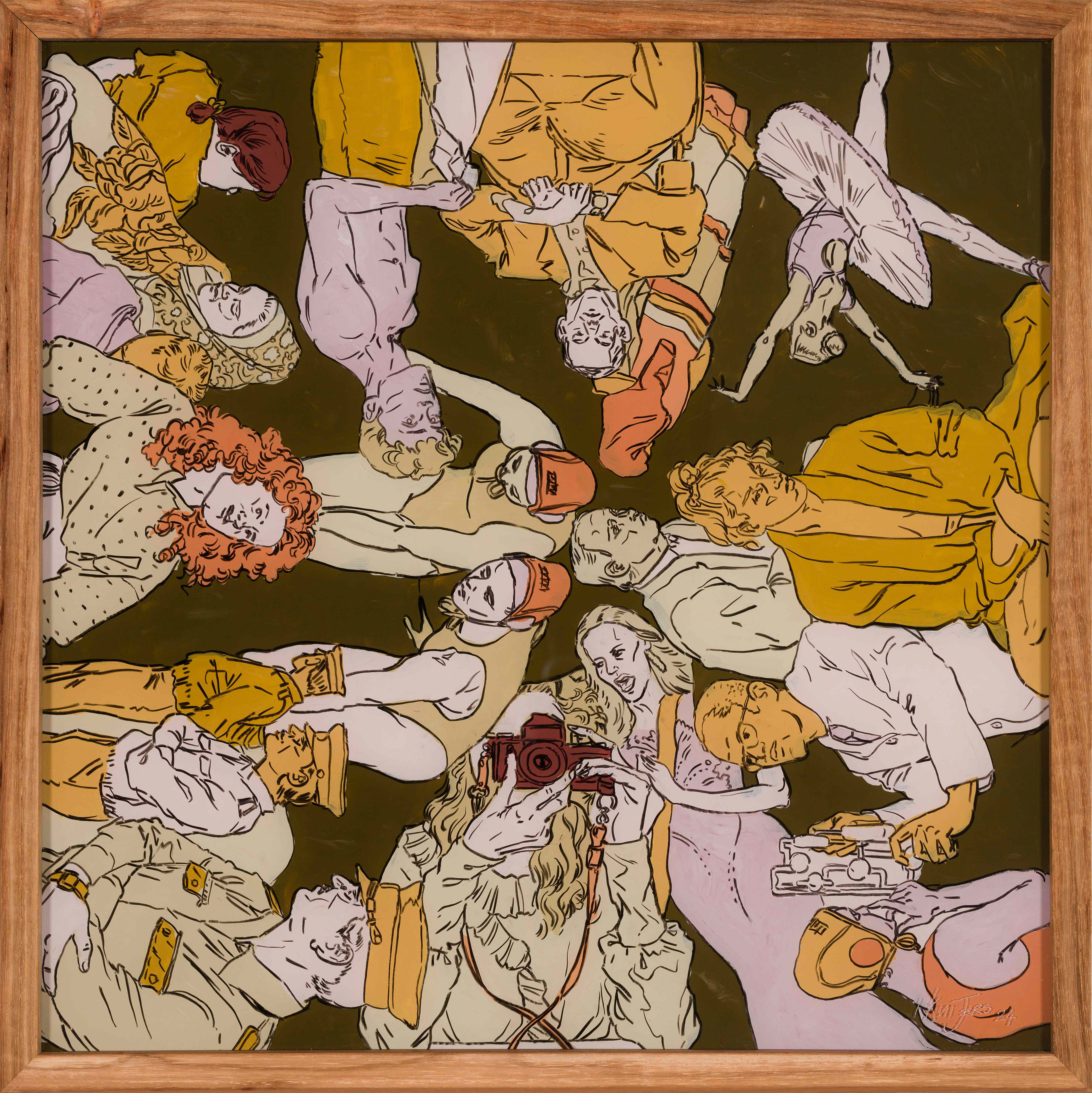

BREAKING takes the concept of news consumption as its implicit subject matter.
It began as a series of screenshots of my newsfeed, usually showing some absurd juxtaposition. For example, Science Focus MAGAZINE’s How to actually break your morning procrastination cycle sits above The Atlantic’s A Plan to Outlaw Abortion Everywhere.
This range of tones is especially evident on collected feeds like apple news or google news, where updates on genocide in Gaza or fires in Karachi share a platform with headlines like:
ABS FAB Davina McCall, 54, shows off her rock-hard tum in yellow bikini
And
Experts Alarmed by Teen Breeding Millions of Frogs for "Frog Army"
ABS FAB Davina McCall, 54, shows off her rock-hard tum in yellow bikini
And
Experts Alarmed by Teen Breeding Millions of Frogs for "Frog Army"
My intention in highlighting these contrasts in news stories is not to dismiss anything that doesn't have a death toll as frivolous, but to try to understand how we engage in the ritual of information consumption in relationship with entities that decide the content. I am curious about how these narratives coexist in us, the information consuming public?
Do they enable each other? Do they distract or fragment attention? I was struck by the way so many of the images I saw in the news seemed too awful to paint for people to have as artworks in their homes yet they were images I would consume frequently, effectively inviting them into my own domestic space.
In his book ‘The News: A User's Manual’, Alain de Botton argues that the grave and lighthearted (and everything in-between) articles all fall into about two dozen tropes - which each reveal something about the society in which they circulate. One such news archetype is the story of a celebrity doing something mundane which aims to create a sense of their (and the readers) normalcy and relatability. (see: Business Insider’s What 72 celebrities look like without a lick of makeup).
In my own interactions with ‘the news’ I was coming up against a lack of context which De Botton identifies as endemic, writing:
“News organisations are coy about admitting that what they present us with each day are minuscule extracts of narratives whose true shape and logic can generally only emerge from a perspective of months or even years. [...] They are institutionally committed to implying that it is inevitably better to have a shaky and partial grasp of a subject this minute than to wait for a more secure and comprehensive understanding somewhere down the line.”
This way that the news concerns itself with the present as distinct in circumstance from the past seems upon reflection to be a way of ‘historicising’ and thus distancing the past. In my search for references in the register of news imagery I also looked into archives available online (such as Picryl, Getty images, Google Arts and Culture and the ‘week in photos’ features on the Guardian website.
A few things caught my attention. The faces looked contemporary. The people are on the same roller coaster of grief and excitement and boredom as we all seem to be on. And that throughout history the constant was an ouroboros like production and destruction of culture.

